A novel bone–ligament–bone scaffold mimics the architecture of the native tissue, paving the way to repairing previously incurable injuries.
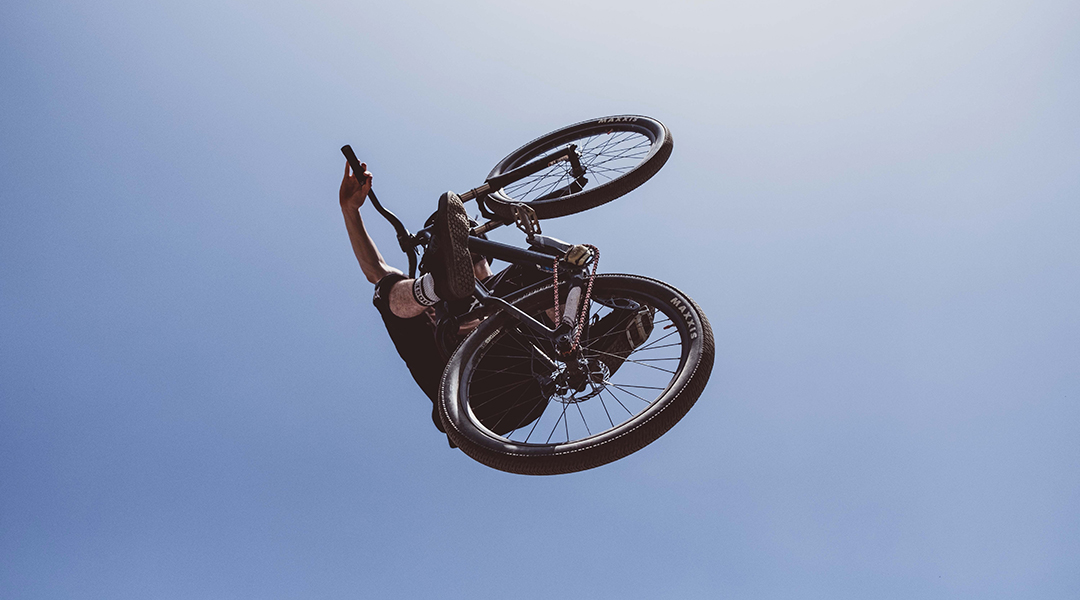

A novel bone–ligament–bone scaffold mimics the architecture of the native tissue, paving the way to repairing previously incurable injuries.

A new protocol provides insight into the formation and migration of blood vessels in 3D printed scaffolds.
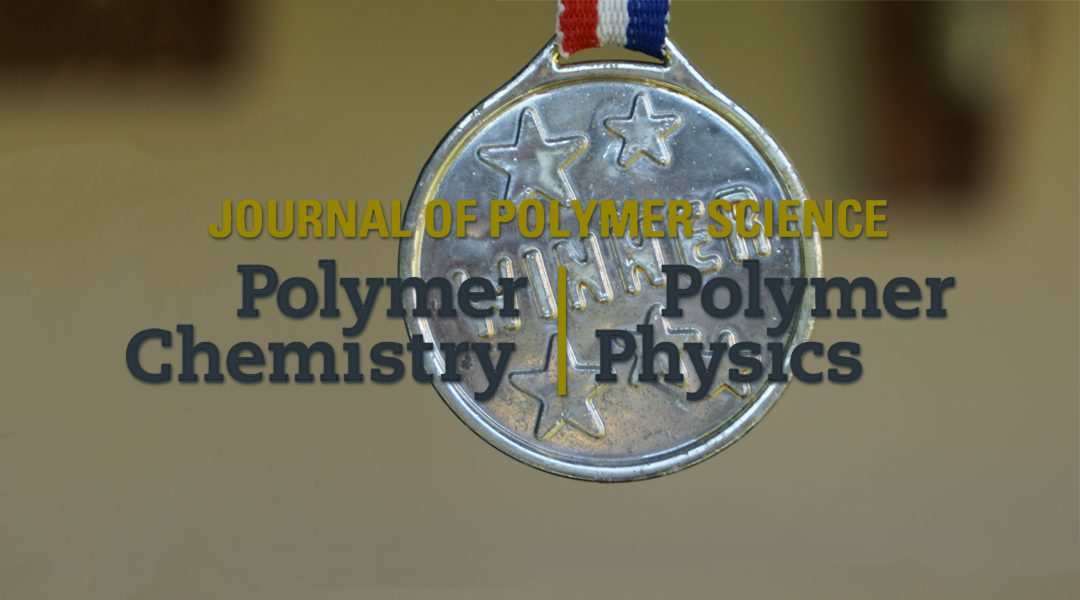
The Journal of Polymer Science Innovation Award is now in its eighth year, and we are delighted to honor Patricia Dankers.

A photosensitive hydrogel has shown promise in healing spinal cord injuries.
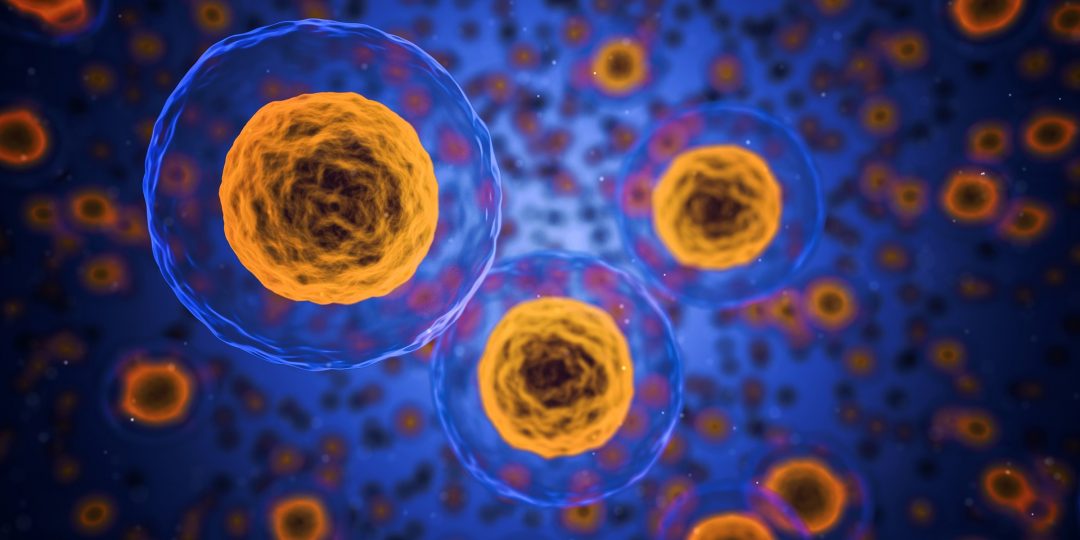
The Droplet Microarray (DMA) is a high-throughput platform for drug screening.

How do rams keep their horns in good working order?
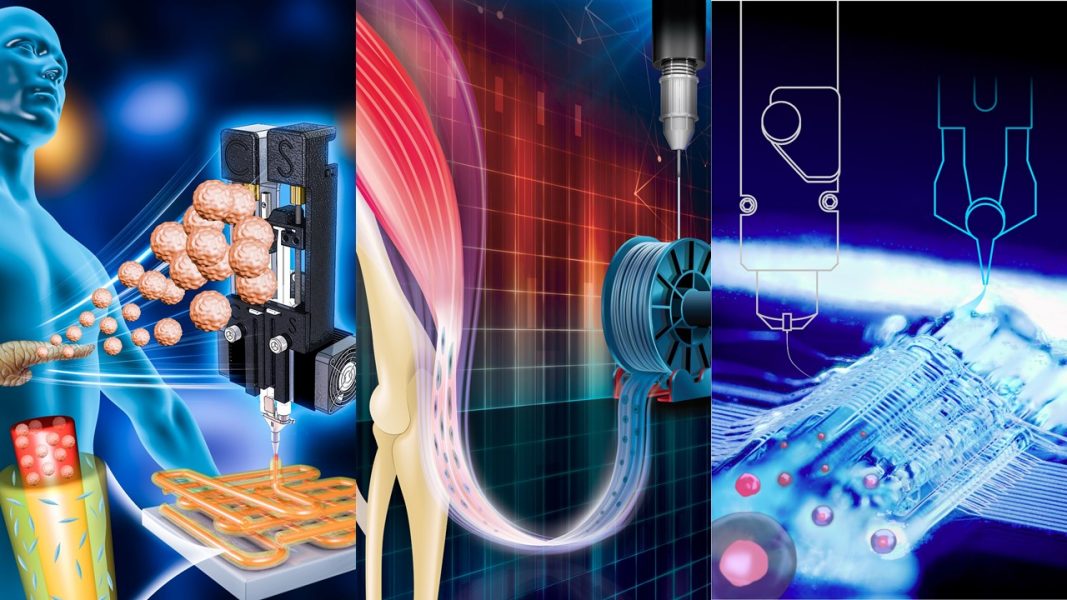
Special issue in Advanced Healthcare Materials, edited by Jürgen Groll and Jos Malda, covers bioinks, melt electrowriting, printing bone tissue, islet cells, tendons, skin, trachea, kidneys and more.
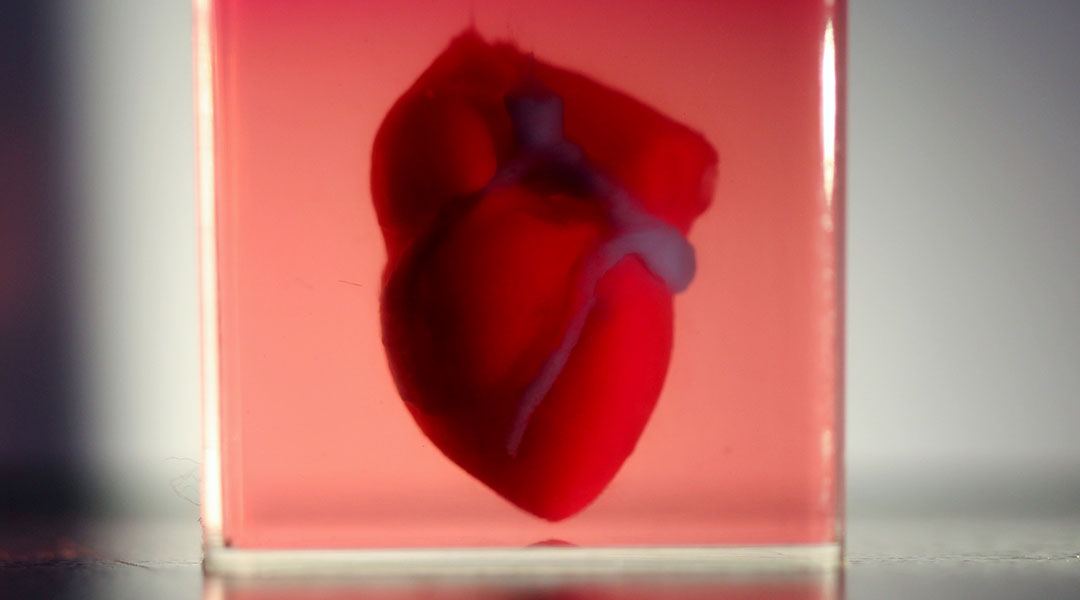
Israeli scientists have engineered a heart that completely matches the cellular and anatomical properties of the patient.
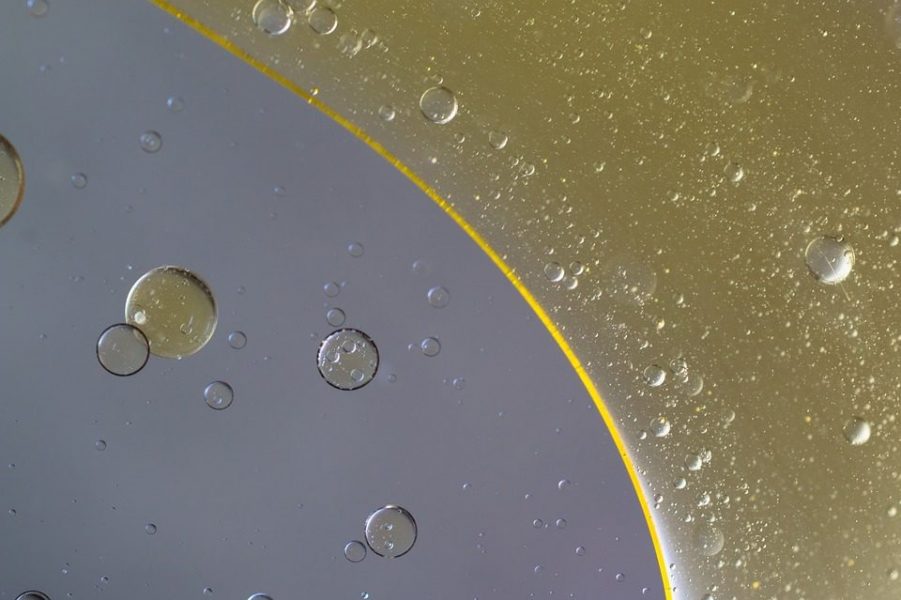
A simple, quick and versatile approach for fabricating gradient tissues through the physical force of buoyancy.
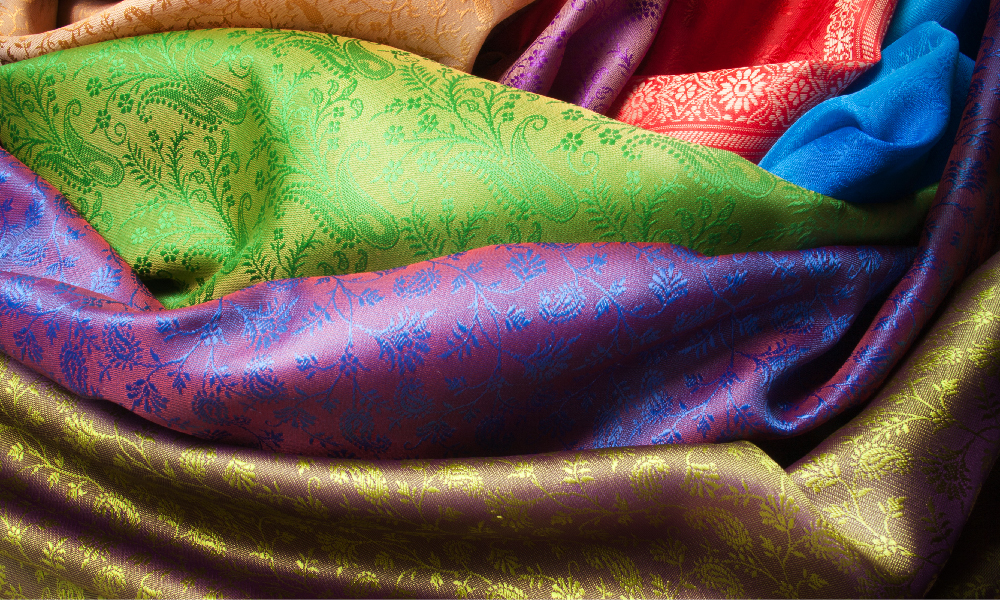
The pioneer of silk-based materials, David Kaplan has been working tirelessly to give us a deeper understanding of this fascinating material.